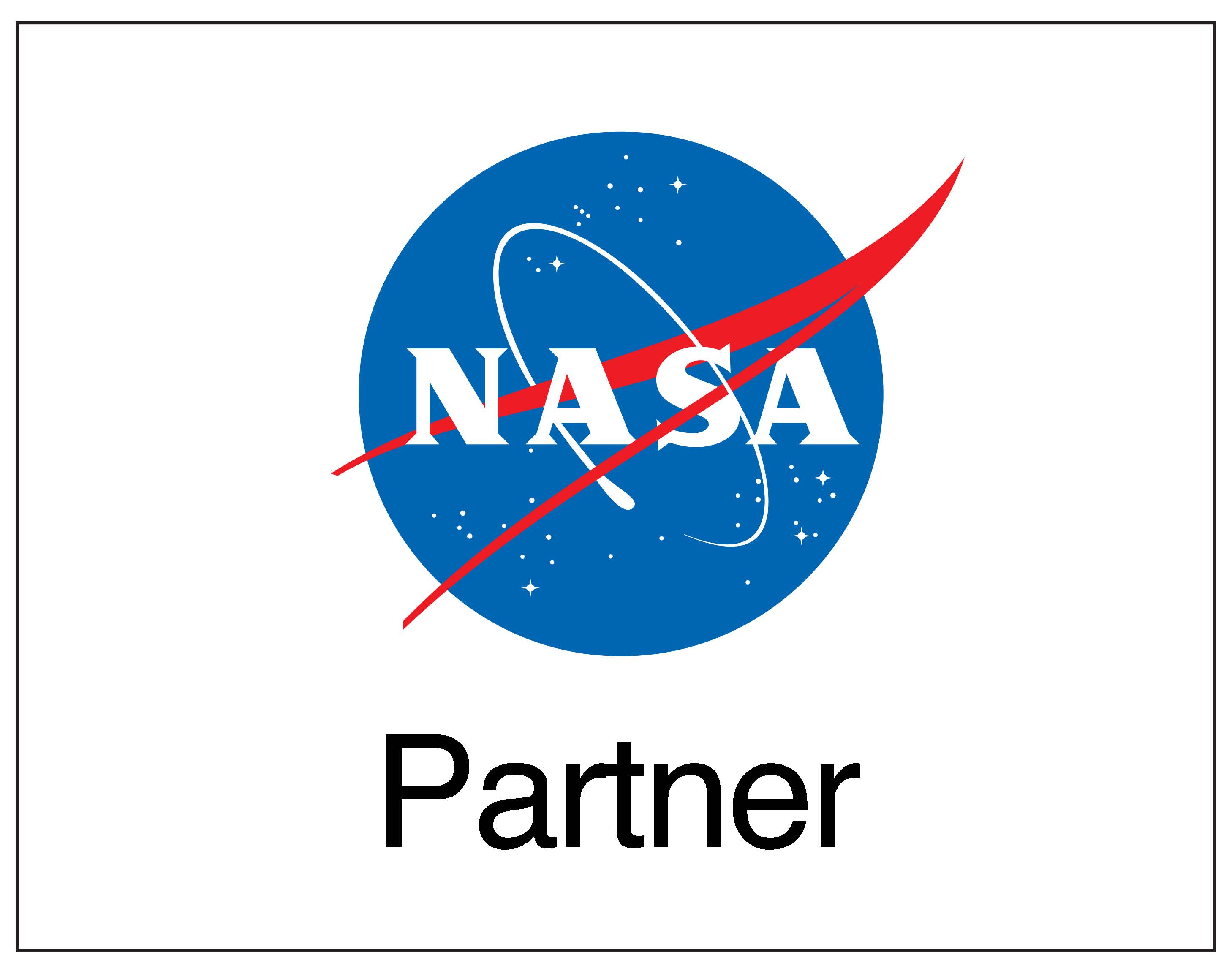Barbie Buckner is a 20+ year STEM classroom teacher with a Doctorate’s Degree in Mathematics Education from the University of Louisville. Her research interest included the impact of technology on student achievement and teacher behavior. Buckner recently served as a 2013-14 Einstein Fellow at the National Science Foundation Education and Human Resources Directorate where she collaborated with colleagues on learning, learning environments, boarding participating and workforce development. Barbie sees education as her calling and has spent her life sharing her love for learning with everyone around her. Knowing that today’s student will compete in a global economy, Barbie says that “It is imperative that today’s students are prepared with consistent rigorous and relevant standards that produce more STEM majors, particularly women, to keep this great nation at the forefront in technology, innovation, and advancement.” | |
Kim Bestul has served as a meteorologist at NASA Armstrong Flight Research Center for nearly 6 years. She received her Bachelors of Science in Atmospheric Sciences from the University of North Dakota in 2012 and is currently a graduate student at the University of Utah working toward a Masters of Science in Atmospheric Sciences. While working at AFRC, Kim has served as the lead contract meteorologist, has served as the lead meteorologist for several field and flight campaigns – including a multi-phase Acoustic Research project collaboration with NASA Langley. Most recently Kim has been awarded Center Innovation Funds for the past two years for development of a specialized boundary layer weather sensor suite. | |





